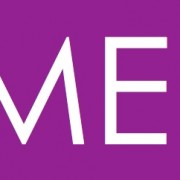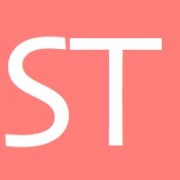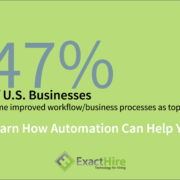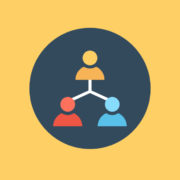How Does Hiring Software Reduce Time To Hire?
Moving to a paperless hiring process can offer many compelling benefits to a small business, such as the ability to access data in a web-based environment, easy accessibility to social recruiting, and a reduction in the time it takes to hire employees. In this blog, I’ll outline ways in which hiring software implementation can improve recruiting and employee onboarding efficiency by and reducing time-to-hire. I’ll consider the time to hire calculation to include all steps from realizing the need for a job opening, to the time that an employee has started work–the initial onboarding process.
Easy External Job Posting
Can you quantify how much time you’ve spent uploading and formatting your job listings in external job board accounts in the past? And, I’m not just talking about the big paid boards like Monster, Dice and CareerBuilder, but also job posting portals at entities such as colleges and universities, as well as state workforce development and unemployment offices. An applicant tracking system should have an efficient means by which you can post your job listings to multiple external job boards with just a few clicks. Think about how much time this enhancement will save you when multiple job opportunities are available with your organization.
Source More Applicants Sooner With Social Media
Many times, organizations’ recruitment activities for some jobs can drag on multiple weeks, if not months, due to low applicant volume. If you are not receiving enough submitted applications, the odds are against you in terms of finding the right fit amidst a small applicant population. Utilizing social recruiting tools available in your ATS can greatly expand the reach and awareness for your job listings in a short period of time; and, since other potential applicants will hear about your postings from their trusted social media contacts/friends, you will be more likely to convert applications from this type of ad source.
Clarity For Your Applicant Management
Hiring software allows HR professionals to easily view lists of applicants for an employment opportunity in one screen, as well as narrow such lists using filtering criteria. This ease of use makes it quickly apparent which applicants have not yet been assigned a status to describe their level of qualification and/or placement in the selection process. Being able to quickly identify gaps allows recruiters to process applications in such a way that applicants won’t fall through the cracks and individuals can be moved through the process in a relatively short amount of time.
Be Responsive To Applicants
Even if your company receives a particularly high volume of applicants for each job, it can still be easy to protect your recruitment brand by sending personalized correspondence to each applicant when using an applicant tracking system. Your hiring software application should allow you to select groups of applicants based on certain criteria, and to then send mass email messages using existing templates. These templates should include the ability to automatically insert personalization strings so that the applicant still feels like a person and not a number when interacting with your organization in regards to the all-important employment decision.
Automation tools that help you to communicate to applicants rapidly will only encourage the top applicants to afford the same courtesy of responsiveness to your organization, as well. And, the faster stakeholders communicate with one another, the faster the overall time to hire for a position will end up being, as well.
Incorporate Assessments Into The Process Earlier
Sometimes the number of interviewing stages involved in the selection process for a job can become bloated…this might occur when a business fails to get enough objective information about the candidate up front. Particularly for frontline roles in your company, considering an employee assessment that is embedded right into your employment application might be just the resource your recruiters need to unearth more job fit-related information about applicants near the front half of the hiring process. As a result, perhaps one or two extra steps can be eliminated from the recruitment cycle.
Accessible Interview Feedback For Hiring Managers
It is hard enough to schedule interviews if you have two to three staff members involved, but it can be just as painful to get interviewees together to share feedback post-interview. A customized survey option in your recruiting software can allow managers to independently record answers to specific survey-style questions directly on an applicant’s record at their earliest convenience. These comments can be made visible to all participants and even provide score averages across all interviewees. Access to this data can move hiring decisions along more quickly so that the new employee can get hired as soon as possible.
Onboarding Process Head Start
Using employee onboarding software technology during the hiring process allows organizations to easily export, organize and process data that may be required for other HRIS and/or payroll applications in the company. By avoiding the pitfalls of manual entry, HR staff can operate more efficiently knowing that employee records won’t be missing required fields or have illegible information that requires more back and forth between the onboarding team and the new hire. After all, the last thing that a company wants to do during the onboarding process is take so long that the new hire starts to regret his/her decision to join the organization in the first place.
If you’d like more information about how ExactHire’s hiring software solutions might help improve your company’s average time-to-hire, please visit our resources section or schedule a demo today.









